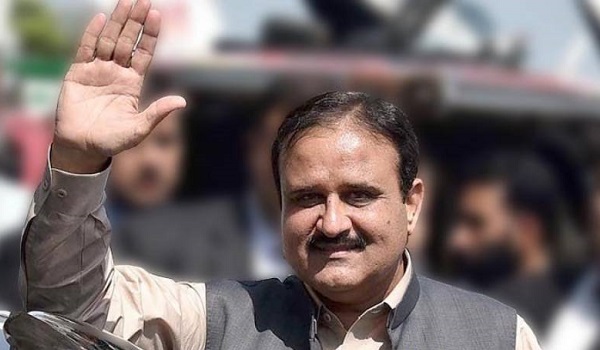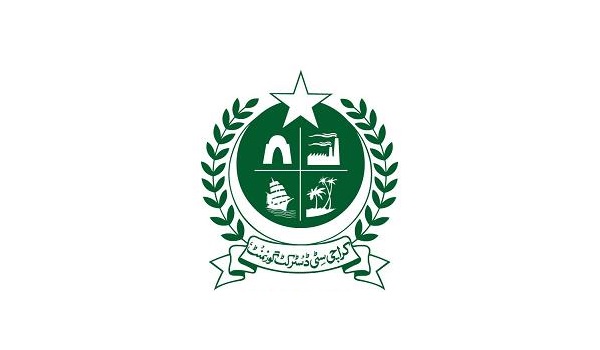Apart from IT services and companies like L&T in engineering design, there aren’t too many examples of home-grown Indian professional services companies getting large overseas assignments. Now, in a first by a services company in the real estate sector and what may be a first sign of things to come, Asipac, India’s No.1 real estate development services and project marketing company, has been invited to join a consortium that is developing a $17.35 billion (Rs.70,000 crores) luxury real estate project in Brazil. Yes, Brazil, and not a traditional market like USA or Europe.
The “EEUD” project is planned in Natal, in the Rio Grande Do Norte state of Brazil, on a whopping 6350 acre site. Brazil in general, and Natal in particular, have been rated by many international organizations as one of the Top 5 real estate investment destinations in the world for the next 2-3 years.
The project is being promoted by a consortium of investors based in Brazil, France, Spain and Taiwan. A Master Plan developed by a leading Spanish architecture firm called for construction of about three million square meters, with 4000 residential units of vastly varying sizes and budgets, 3 golf courses, 1500 hotel rooms, a convention center and 450,000 square meters of commercial development.
Asipac was one amongst five international development consultants invited to see the site, evaluate the development plan and suggest an alternate concept. After studying/evaluating the current development plan and visiting the site and its adjoining region, within just four days, Asipac concluded that the proposed master plan reflected an undesirably high quantum of development. Apart from many other issues, the plan provided for a Hitech City of 300,000 square meters for 30,000 IT professionals and Asipac felt that neither is such manpower available in the region, nor were there enough residential facilities available or provided for them.
“A density of 0.37 could spoil the abundant natural and ecological wealth. The region has the best air quality in America as per NASA, the site has a 6½ km long beach-front, a 12 km river running along and within it and a 3400 acre mangrove forest with natural wildlife including an almost extinct specie of monkeys,” said Asipac Chairman & Chief Thinker Amit Bagaria, adding “The proposed plan did not distinguish the project from many similar projects planned around the world.”
“Global investors and second-home buyers have many choices, so our offering had to be clearly different,” said Vinay Shenoy, VP Marketing, “With this aim, Asipac proposed an alternative model comprising the world’s most exclusive second homes with a “billionaire’s lifestyle for a millionaire”. The best part is that Amit dreamt up this concept while we were devouring on delicious fish and shrimps caught in front of us during a two-hour boat ride through the 12 km river on the site.”
“When we proposed our model on the fourth day, first there was anger that a greatly reduced size would reduce profits, but when we explained the broad numbers, there was total amazement and disbelief,” says Bagaria. Asipac’s model has construction of only 873,000 sqm. (29% of the earlier plan), with 630 furnished 1000 sqm. Villas/Mansions on 2½ acre estates each provided with a Limousine, 5 all-Suite Resorts, 6 Signature Spas, Indulgence Shopping Centre, Hi-tech Entertainment Centre, Offshore Casino, Marina with 34 Yachts/Boats, Water Sports Complex, Airport, 40 Executive Jets, 3 Seaplanes and 8 Helicopters, one PGA Golf Course, and an Equestrian Centre with 30 prize horses.
The promoters and their bankers liked Asipac’s concept and asked Asipac to join the consortium. Asipac’s role will be to do a detailed feasibility study, help raise $1.2 billion development capital for the project (along with i-banks such as UBS, Credit Suisse and Deutsche Bank), manage the master planning and design process, get co-developers and specialty operators, and oversee global marketing & sales efforts (in association with luxury property marketing giants such as Sotheby’s International Realty). “We do all of this in India and have worked on a $930 million project, so we don’t see any major hurdle in meeting their expectations,” said Shenoy.
Asipac expects to earn a fee of about $85 million from the project. After receiving approvals from RBI, it will incorporate an offshore subsidiary based at London to undertake its obligations. “There was initial resistance from colleagues and Board members, as some felt that focusing on India was better, but a majority were in favour, considering that fee could be 21 times our average Indian project for probably 4-5 times the effort and it was our chance to get more global opportunities in the future,” said Bagaria, “4 of our Indian clients encouraged me to go ahead, and when my usually risk-averse wife also encouraged me, the decision was made.”
Asipac has a fee order book of $65 million and expects to earn fee income of $30 million in FY’09 and more than $80 million in FY’10, excluding the Brazil project.







